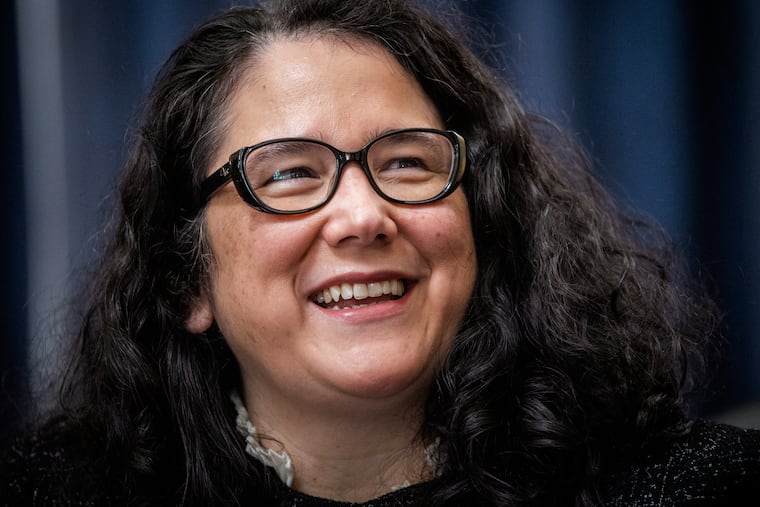Small businesses have until year’s end to get $100 billion in expiring SBA funds
Just about every business in the area has been affected by COVID-19 and is likely eligible for one of these SBA loans.

Just about every business in the area has been affected by COVID-19 and is likely eligible for one of these SBA loans.
